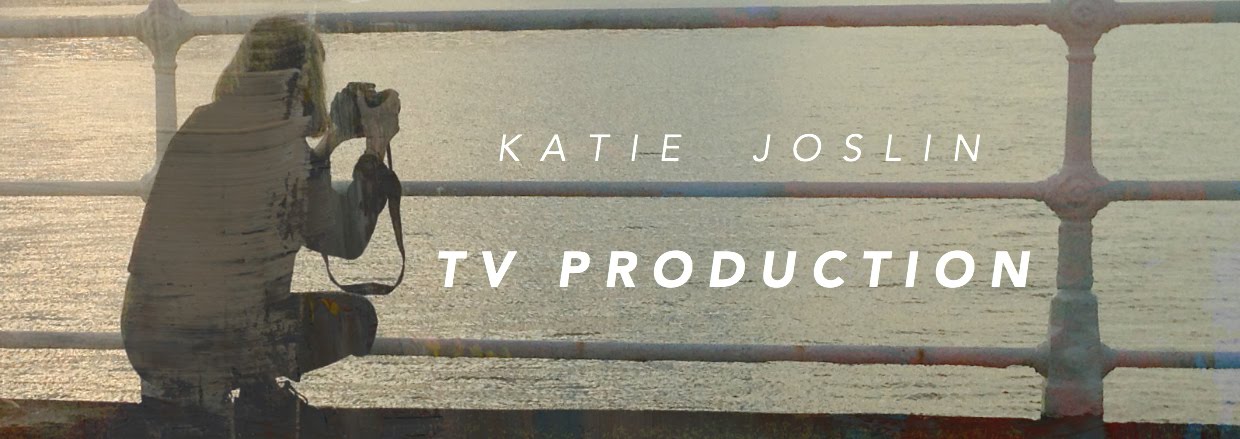Today we had a lecture with Steve Coombes. We learnt about beginnings, middles and ends as well as moments.
Notes:
Plot - what happens (sequence of events)
Story - The significance of what happens
Need to have buts and therefores between bits of the story, not and then.
All characters should have buts and all stories should have buts.
Buts create dramatic irony. Characters then have to make choices.
Stories should have a minimum of 3 moments - a beginning, a middle and an end. The moments should be eye opening.
When the audience had a greater knowledge of the character than the character themselves - creates irony. There could also be a contradiction between what the audience says and what the audience knows.
Opening should leave the audience wanting to know more and keep watching. Gets their attention.
Middle should have bigger buts and more difficult choices than the beginning.
The middle has to materially change the story.
Middle should change the direction of the story.
What you thought the story was, turns out to be something else.
Ending should have a dramatic final choice.
e.g. Toy Story 3 - Andy giving away Woody
The more ironies you can show in the ending, the better.
Golden rule for scripts: count your moments
Ending is the most important moment but doesn't need to be biggest moment.
Screenplay needs memorable moments
Everything else is there to serve the moments
A good film has 5 or 6 moments
The plot, story and character should be invisible



